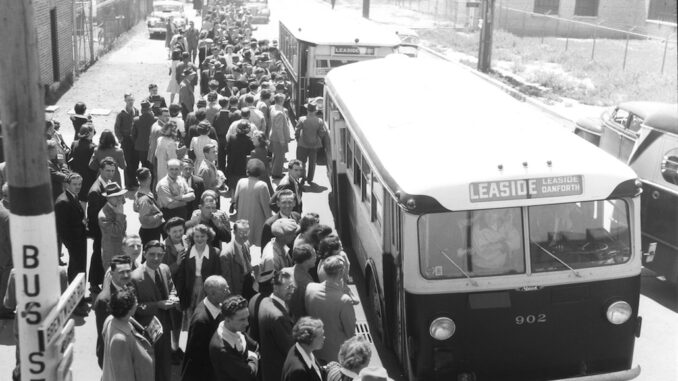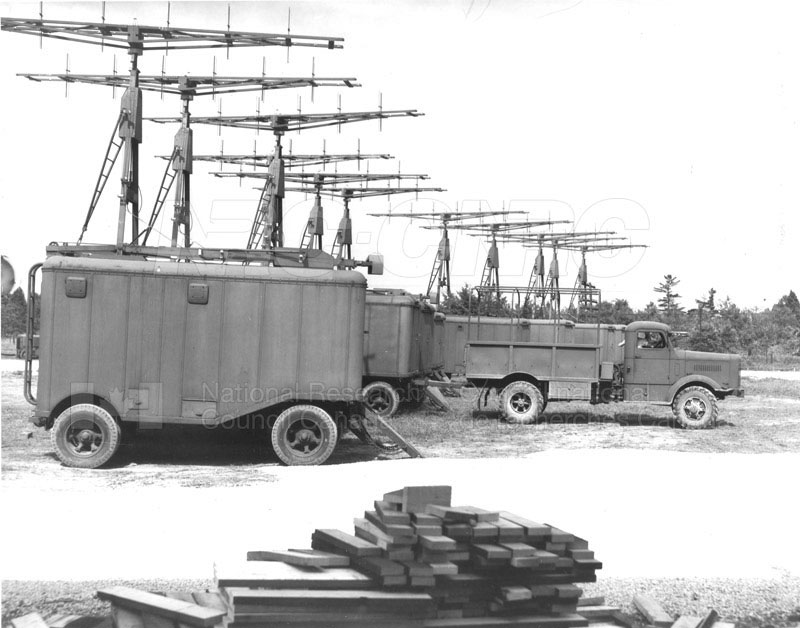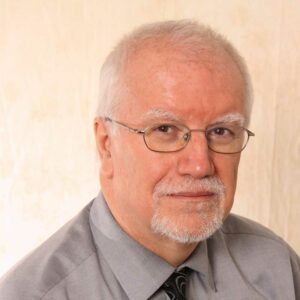
The heroic victory of the Royal Air Force over Hitler’s Luftwaffe during the Battle of Britain in 1940 is a well-known chapter in history. Equally well-known is the vital contribution the fledgling technology of radar played in achieving that victory.
Less known, however, is the part played by Leaside-based Research Enterprises Ltd. (REL) throughout the war in the development and production of radar equipment.
REL was by far the single largest industrial enterprise based in Leaside during the war. Employing more than 7,500 people and occupying 750,000 sq. ft., the massive complex produced a staggering $220 million worth of high-tech military equipment from 1940 to 1946. Much of this equipment – $150 million worth – was radar related.
As the war progressed, the British – who invented radar – found they were in desperate need of mass quantities of radar equipment to defend their homeland against Nazi air and submarine attacks. They turned to Canada – and REL – to meet the need.
The challenges faced by Canadian and REL engineers were considerable. British technical requirements were often radically different from those in North America. Electrical circuits were different. Power cables were different. Radio tubes were different. Even the sizes of the nuts and bolts used in assembly were different. Adaptations had to be made quickly and precisely. It goes without saying, this was a huge task.

Nevertheless, by mid-June 1941, REL had produced a workable anti-aircraft radar device and demonstrated it successfully to British and American authorities. By the end of the year, the first of these units were being shipped to England. They were massive, hand-made affairs, weighing 35 tons and requiring two trucks and three trailers to transport them. By mid-1942, REL was mass-producing 40 to 50 of these devices a month and shipping them to the U.K., where they formed the backbone of that country’s air-defences.
Following Japan’s attack on Pearl Harbor, REL also began mass producing radar for the U.S. Within a few months of the attack, REL had shipped four massive anti-aircraft radar units to the U.S. to protect the Panama Canal Zone. Canada at this time was well ahead of the U.S. in radar expertise, and so hundreds of American military and technical personnel visited REL to gain information and training in the new technology.
Despite some production and delivery challenges, by war’s end REL had produced thousands of radar units ranging in size from large anti-aircraft devices with 60,000 components to smaller, more portable units capable of locating submarines and land-targets. REL units were present in almost every area of the war, from the English coasts to the beaches of Iwo Jima.
Summing up radar’s contribution to the war effort, Stafford Cripps (1889-1952), U.K. Minister of Aircraft production from 1942-45, said: “Radar is the only invention without which the war would, in all human probability, have been lost.”
And much of that success is owed to REL, right here in Leaside.
This article was guest contributed by Ted DeWelles, Leaside Heritage Preservation Society.


